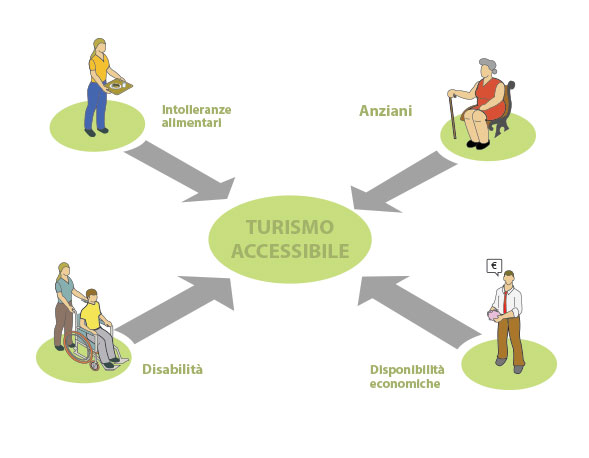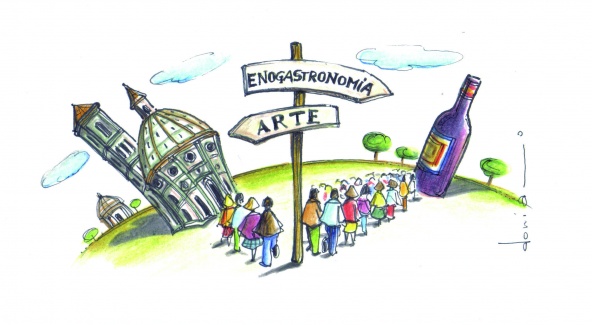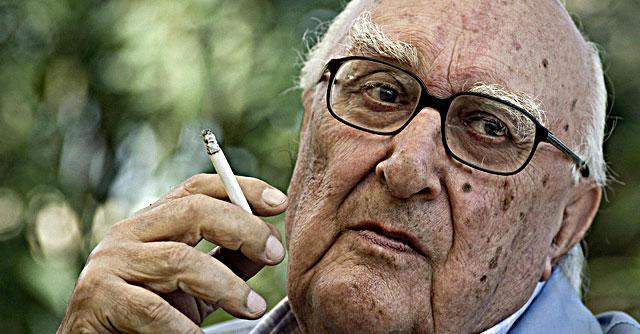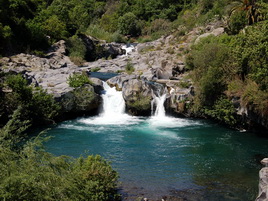8. The Parties interested in the Tourism Quality Plan
In the previous article in relation to the Initial identification of the elements involved (Entities and Interested Parties), we have seen how to identify the Entities that in a context of Quality Tourism must satisfy the needs or confirm the expectations and needs of what we have called "interested parties" in Tourism Quality. In this article, we will focus our attention on who the stakeholders are. This part should not be underestimated, in fact each element identified in this phase will translate into specific factors and indicators of the quality of tourist use to be taken into consideration as they may impact on quality.
Let's see an exemplary and non-exhaustive list of interested parties, i.e. those who express needs or have expectations towards the identified entities
1.2 Identification of interested parties
- Turisti
- Managers of structures in the tourism sector and workers
- Inhabitants
- Future Society (we will be what they find)
Turisti
It may be useful to identify the type of tourists and therefore specific expectations, through the study of the different forms of tourism.
Below is an exemplary and non-exhaustive list of types of tourism:
- Cultural
- Religious -
- Enogatronomic
- Induced by culture and historical or mythological events (see cinematographic and television places, literary places, places of myths, etc.)
- School
- Naturalistic
- sports (Eg. Golf courses)
- Congressional
- Bathing
- Spa and Wellness
- Accessible
Some insights on some of the types of tourism mentioned
cultural Tourism
According to the definition of the World Tourism Organization (OMT), United Nations agency "[cultural tourism] represents all those movements of people motivated by cultural purposes such as study holidays, participation in live shows, festivals, cultural events, visits to archaeological sites and monuments, pilgrimages. Cultural tourism also concerns the pleasure of immersing oneself in the local lifestyle and in everything that constitutes its identity and character ". Italy, and in particular Sicily, has all the elements necessary to focus on Cultural Tourism, there is no important Sicilian locality that is not rich in historical and artistic heritage, festivals, traditions, food and wine products and cultural events that are the basis of tourism cultural. In some cases it is also necessary to aim at territorial peculiarities linked to historical events, places linked to myths and legends, places linked to historical personalities or cultural sites, places of industrial archeology, and places linked to literary, cinematographic and television stories.
Naturalistic Tourism
In mountain places or in any case where it is possible to have direct contact with nature, it is advisable to focus on this form of tourism. Sicily is rich in parks, reserves, protected natural areas, as well as 2 UNESCO natural sites (Etna and the Aeolian Islands)
Seaside tourism
In recent years, seaside tourism has assumed increasing importance, often limited by inadequate accommodation and essentially linked to the summer season only. Where beaches and support structures exist, it is certainly one of the types of tourism to focus on
Accessible tourism
In the first White Paper on Accessible Tourism in Italy produced by the Presidency of the Council of Ministers in collaboration with the Committee for the Promotion and Support of Accessible Tourism (2013), "Accessible tourism" is defined as: [the set of services and structurestures that allow "customers with special needs" to enjoy their holiday and free time in a satisfying way, without obstacles or difficulties, and therefore in conditions of autonomy, safety, comfort.] On accessible tourism we have extensively discussed in a previous article: Quality and Accessible Tourism to which reference should be made for details.

Managers of structures in the tourism sector and workers
As can be seen, the Managers of tourist structures and workers find themselves in a double role as managers of some of the entities to which the concept of quality must be applied but at the same time as interested parties who have their expectations and needs (for example with regard to infrastructures, the rules established by the managing bodies of the Cultural Heritage, tax policies, choices on land management, etc.)
Inhabitants
The inhabitants also have expectations (expectations of well-being, expectations of sustainable tourism, etc.) and they can themselves be users of the Tourist Heritage of their own territory.
Ignazio Caloggero
[Google-translator]
[wp_ad_camp_1]
[wp_ad_camp_1]
Tourism Quality and Cultural Heritage by Ignazio Caloggero







